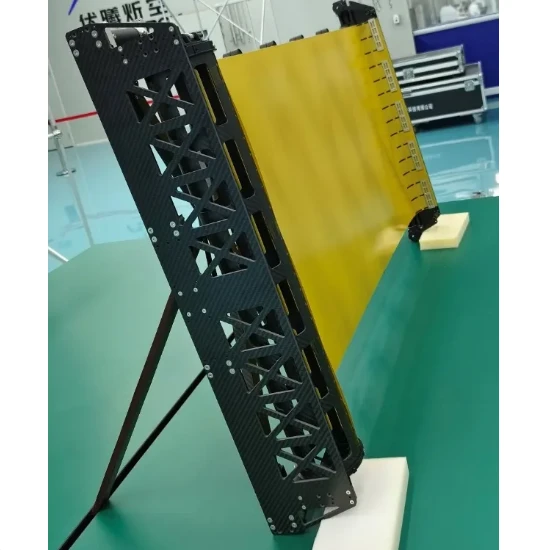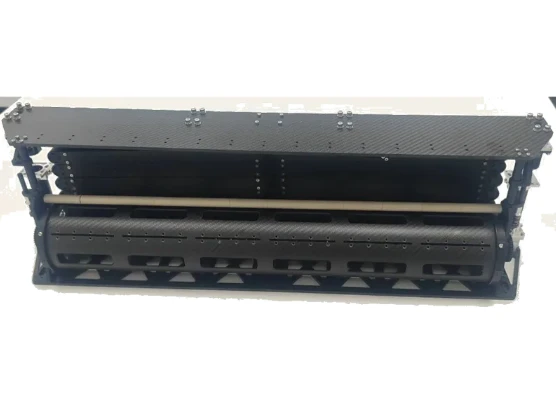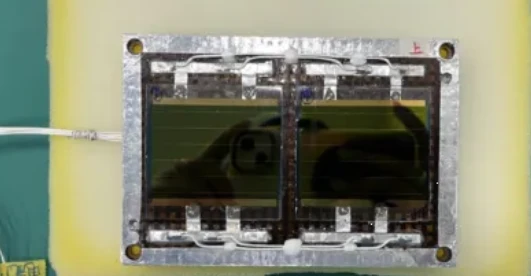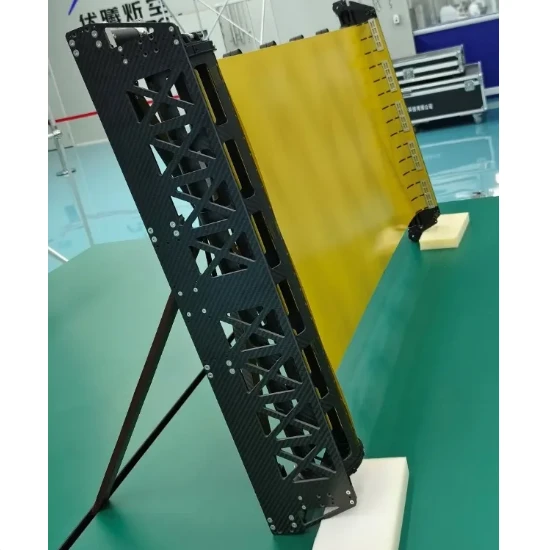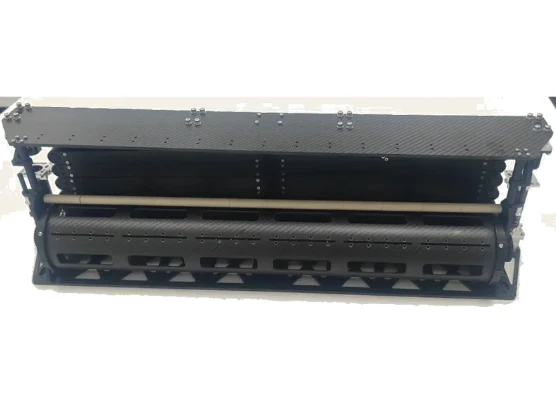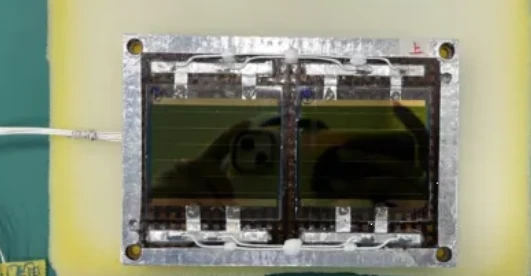
- ఆఫ్రికన్
- అల్బేనియన్
- అమ్హారిక్
- అరబిక్
- అర్మేనియన్
- అజర్బైజాన్
- బాస్క్
- బెలారసియన్
- బెంగాలీ
- బోస్నియన్
- బల్గేరియన్
- కాటలాన్
- సెబువానో
- చైనా
- కోర్సికన్
- క్రొయేషియన్
- చెక్
- డానిష్
- డచ్
- ఇంగ్లీష్
- ఎస్పరాంటో
- ఎస్టోనియన్
- ఫిన్నిష్
- ఫ్రెంచ్
- ఫ్రిసియన్
- గెలీషియన్
- జార్జియన్
- జర్మన్
- గ్రీకు
- గుజరాతీ
- హైటియన్ క్రియోల్
- హౌసా
- హవాయియన్
- హిబ్రూ
- లేదు
- మియావో
- హంగేరియన్
- ఐస్లాండిక్
- ఇగ్బో
- ఇండోనేషియన్
- ఐరిష్
- ఇటాలియన్
- జపనీస్
- జావనీస్
- కన్నడ
- కజఖ్
- ఖ్మేర్
- రువాండన్
- కొరియన్
- కుర్దిష్
- కిర్గిజ్
- శ్రమ
- లాటిన్
- లాట్వియన్
- లిథువేనియన్
- లక్సెంబర్గిష్
- మాసిడోనియన్
- మలగాసీ
- మలయ్
- మలయాళం
- మాల్టీస్
- మావోరీ
- మరాఠీ
- మంగోలియన్
- మయన్మార్
- నేపాలీ
- నార్వేజియన్
- నార్వేజియన్
- ఆక్సిటన్
- పాష్టో
- పెర్షియన్
- పోలిష్
- పోర్చుగీస్
- పంజాబీ
- రొమేనియన్
- రష్యన్
- సమోవాన్
- స్కాటిష్ గేలిక్
- సెర్బియన్
- ఇంగ్లీష్
- షోనా
- సింధీ
- సింహళ
- స్లోవాక్
- స్లోవేనియన్
- సోమాలి
- స్పానిష్
- సుండానీస్
- స్వాహిలి
- స్వీడిష్
- తగలోగ్
- తజిక్
- తమిళం
- టాటర్
- తెలుగు
- థాయ్
- టర్కిష్
- తుర్క్మెన్
- ఉక్రేనియన్
- ఉర్దూ
- ఉయ్ఘర్
- ఉజ్బెక్
- వియత్నామీస్
- వెల్ష్
- సహాయం
- యిడ్డిష్
- యోరుబా
- జులు
Enhancing Optical Testing With Smart Integrated Measurement Technologies
As industries evolve toward automation, real-time monitoring, and smarter manufacturing, integrated measurement systems are becoming the backbone of precision optical testing. Whether analyzing lenses, filters, fiber optics, or display components, incorporating optical transmission measurement within a unified testing platform ensures consistency, accuracy, and efficiency. By combining diverse data points into one streamlined process, engineers can make faster, better-informed decisions—boosting both quality and innovation.
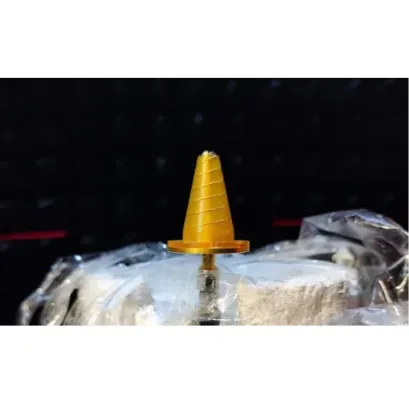
Integrated Measurement: Unifying Optical Evaluation Processes
At its core, integrated measurement allows multiple testing procedures—such as reflectance, absorbance, and transmission measurement—to be carried out within a single system. This all-in-one approach dramatically reduces equipment footprint, operator workload, and time per test.
For instance, in a production line testing optical coatings, instead of using separate devices for transmission and color measurement, a fully integrated measurement station can provide both in real-time. This unified output minimizes calibration errors and streamlines the quality control process—especially useful in fast-paced environments like display manufacturing or optical fiber production.
Optical Transmission Measurement For Material And Component Characterization
Optical transmission measurement is vital for understanding how much light passes through a material at various wavelengths. This information reveals key properties such as absorption rate, color accuracy, spectral performance, and signal efficiency.
In fields like telecommunications, where fiber optic components must offer high signal integrity, accurate optical transmission measurement ensures minimal signal loss. Likewise, in biomedical optics, diagnostic lenses or instruments must be evaluated to confirm that only specific wavelengths are transmitted for effective imaging or treatment.
When optical transmission measurement is embedded within a larger integrated measurement system, the result is a more comprehensive view of a component’s optical performance.
Transmission Measurement For Quality And Innovation
From solar panels to architectural glass, transmission measurement plays a key role in R&D and quality control. For example, assessing how much sunlight a new photovoltaic film transmits (versus how much it converts to energy) helps determine its effectiveness. Similarly, evaluating window coatings for visible light transmission and UV blockage ensures safety and energy efficiency.
In all these cases, transmission measurement offers quantifiable insight into how a material interacts with light. When used within integrated measurement systems, manufacturers can collect and interpret large volumes of transmission data quickly—accelerating development cycles and improving product outcomes.
In conclusion, the combination of integrated measurement, transmission measurement, and optical transmission measurement is transforming the way optical components are tested and validated. These advanced systems not only improve workflow efficiency but also raise the bar for measurement precision across industries.
As the need for speed, accuracy, and automation grows, adopting integrated solutions will be key to maintaining a competitive edge in optical engineering, photonics, and materials science.






